
13
The creator economy has exploded into a $127 billion industry in 2025, with over 207 million content creators worldwide and 45 million professionals in the United States alone, according to recent market data from DemandSage. As traditional media boundaries blur, high-profile collaborations between established entertainment giants and digital creators have become increasingly common. Luiza Khovanska, a Toronto-based content creator with over 7 million followers across platforms, recently stepped from behind her camera onto the set of Drake’s “Nokia” music video, which was released in April 2025 and filmed in IMAX with a production crew of more than 200 people. As a YouTube Silver Button recipient, Twitch Partner, and International Content Creators Association member, Khovanska represents the new generation of visual artists who have successfully transitioned from traditional photography to multi-platform digital storytelling in an industry where nearly half of creators now work full-time.
Luiza, your recent appearance in Drake’s “Nokia” music video puts you in a different position than usual – in front of the camera rather than behind it. What surprised you most about working on such a massive production?
The scale was honestly breathtaking. With over 200 people on set and everything filmed on IMAX, it felt like crossing into a different world of visual creation. I’ve spent years developing my eye for composition as a photographer, but experiencing how these elements work on a production of that magnitude gave me a new perspective. What struck me most was how even with all that technical firepower, the fundamentals of visual storytelling remain consistent – it’s just the scale that changes. There’s something almost surreal about going from meticulously staging my own shoots to becoming part of someone else’s creative vision, especially for an artist like Drake.
You spent nearly eight years as a portrait photographer before pivoting to content creation. How did that background influence your approach when you first launched your digital channels in 2019?
Those photography years became my secret weapon when I started on YouTube and Twitch. While many creators were figuring out basic composition and visual language, I already had a deeply ingrained sense of how to frame a shot, work with lighting, and create visual narratives. The transition wasn’t without challenges – still images don’t prepare you for the pacing of video or the spontaneity needed for streaming. The filmmaking courses I took in 2020 helped bridge those gaps, but my photography foundation is still at the core of everything I create. Viewers often comment on my “visual style” without realizing it stems directly from those years behind the portrait lens.
You reached a million Instagram followers just 14 months after starting, and now have over 7 million followers across platforms. What elements of your content do you think resonated most strongly with audiences?
Consistency paired with visual distinctiveness created a feedback loop that accelerated everything. When I first hit 100,000 followers, I realized I had touched on something unique – a blend of my photography aesthetic with what my audience calls my “weird humor.” The numbers matter in this field, even if we don’t like to admit it. Each milestone validated that my approach was connecting. But metrics only tell half the story. The real driver was maintaining authenticity while constantly evolving. The algorithms change weekly, sometimes daily, forcing creators to adapt without losing their core identity. What kept me grounded through this growth was remembering why I started: telling visual stories that connect with people.
In 2023, you participated in Lord of the Lost’s “Destruction Manual” music video in Switzerland, which later represented Germany at Eurovision. How did that experience differ from your recent work with Drake?
The Switzerland shoot with Lord of the Lost was my first taste of what a major music video production feels like. What made it special was how central my role was – I had significant screen time that required actual performance, not just presence. The aesthetic was completely different, too – gothic, theatrical, rich with symbolism that resonated with my own visual preferences. Both productions demanded different things from me – Drake’s team needed precise technical execution within their highly choreographed vision, while Lord of the Lost wanted emotional performance that carried their narrative. These experiences have influenced how I approach my own content – I’ve started incorporating more cinematic techniques from both shoots into my YouTube videos.
You’re currently developing a Horror Digital Novel inspired by a folk village in northern Ukraine. How did that project come about?
That project stems from one of those rare moments where a place just grabs hold of your imagination. Before moving to Canada, I visited this small village in northern Ukraine that had this eerie, almost otherworldly quality. The architecture, the folklore, the way light and shadow played across the landscape – it created this perfect atmospheric canvas that stayed with me. This Digital Novel lets me explore much darker, more complex themes than my regular content allows. I’m currently finalizing the plot for the first chapter while collaborating with artists on the visual elements. What excites me is how it combines everything I’ve learned: my visual eye from photography, storytelling techniques developed through blogging, and the interactive elements made possible on platforms like Steam.
Looking ahead to your upcoming Horror Novel release and potential film project, what attracts you to horror as a creative outlet?
Horror provides creative freedom that few other genres offer. There’s something about fear as an emotion that connects with audiences on this primal level, allowing for experimental approaches to both narrative and visuals. What draws me specifically is how horror uses darkness to reveal truth – something I’ve explored since my early photography days, where shadow was just as important as light in telling a story. The Digital Novel’s first chapter is scheduled for 2025 completion, and the film project, still in early negotiations, would mark my first significant step into traditional filmmaking rather than digital-first content. What excites me most is creating more immersive, complex experiences than what’s typically possible within standard content formats.
You’re a member of the International Content Creators Association. In a field that’s often seen as individualistic, what value has this professional affiliation brought to your work?
Joining ICAA gave structure to something that often feels like the Wild West. Content creation has evolved so rapidly that the professional frameworks haven’t always kept pace, and being part of the association helps bridge that gap. There’s something legitimizing about having a professional body that recognizes what we do as actual work, not just a hobby or luck. The digital space can feel isolating despite its apparent connectedness. Having a community specifically focused on professional standards and best practices has been grounding. It’s helped me approach content creation more strategically, thinking beyond just the next video or trend to longer-term sustainability in this field.
As someone who has successfully moved from behind the camera to appearing in high-profile productions like Drake’s “Nokia” video, while simultaneously developing your Horror Digital Novel, what’s your perspective on how visual creators can successfully expand their creative reach across different mediums?
It all comes down to understanding the core visual language that connects these different formats. Whether I’m composing a photograph, appearing in a music video, or designing elements for my Horror Novel, I’m drawing from the same fundamental understanding of visual storytelling. My photography background taught me composition and lighting in a way that translates powerfully across mediums. The technical aspects can be learned, but that photographer’s eye for a compelling visual moment is something you already possess. What’s most exciting is how these different mediums complement each other – my experience being filmed for the Drake video has directly influenced my approach to visual elements in my Horror Novel. The boundaries between creator and subject, between still and moving images – they’re all becoming increasingly fluid, and that creates incredible opportunities for visual artists willing to step beyond their original medium.
Presented by: DN News Desk
You can view the original article HERE.

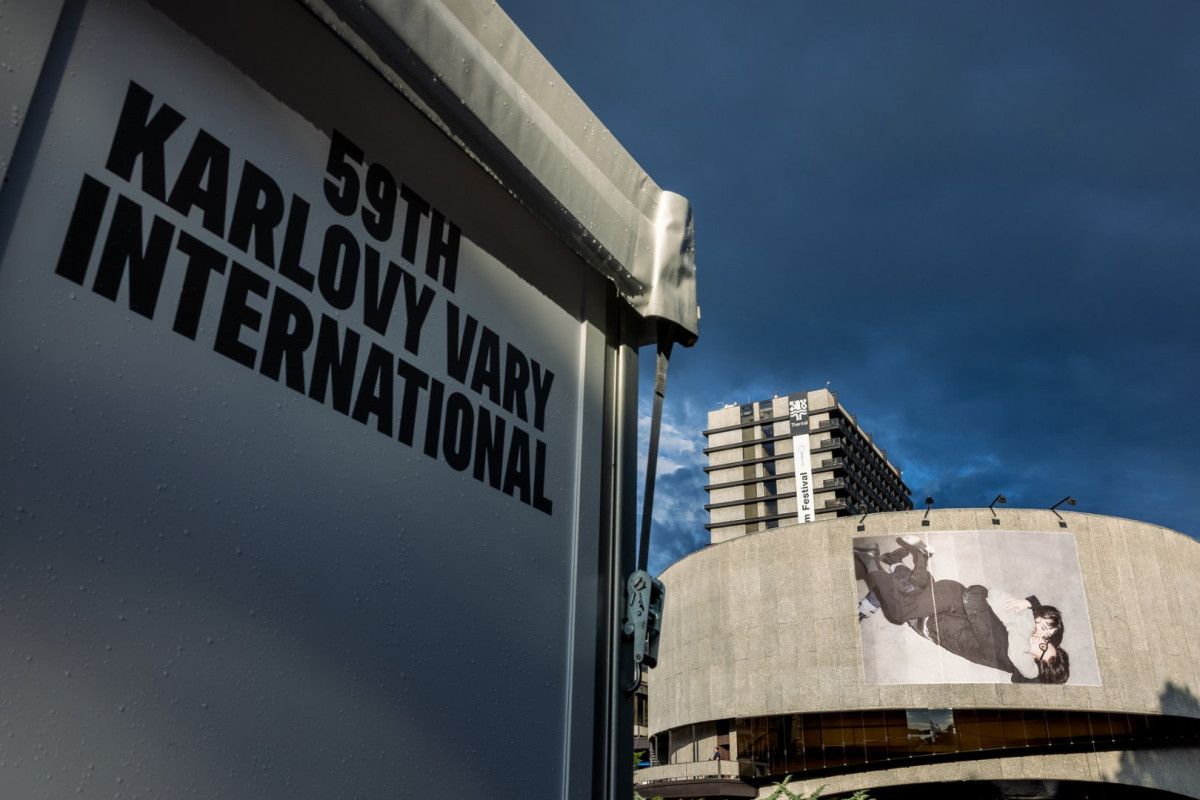
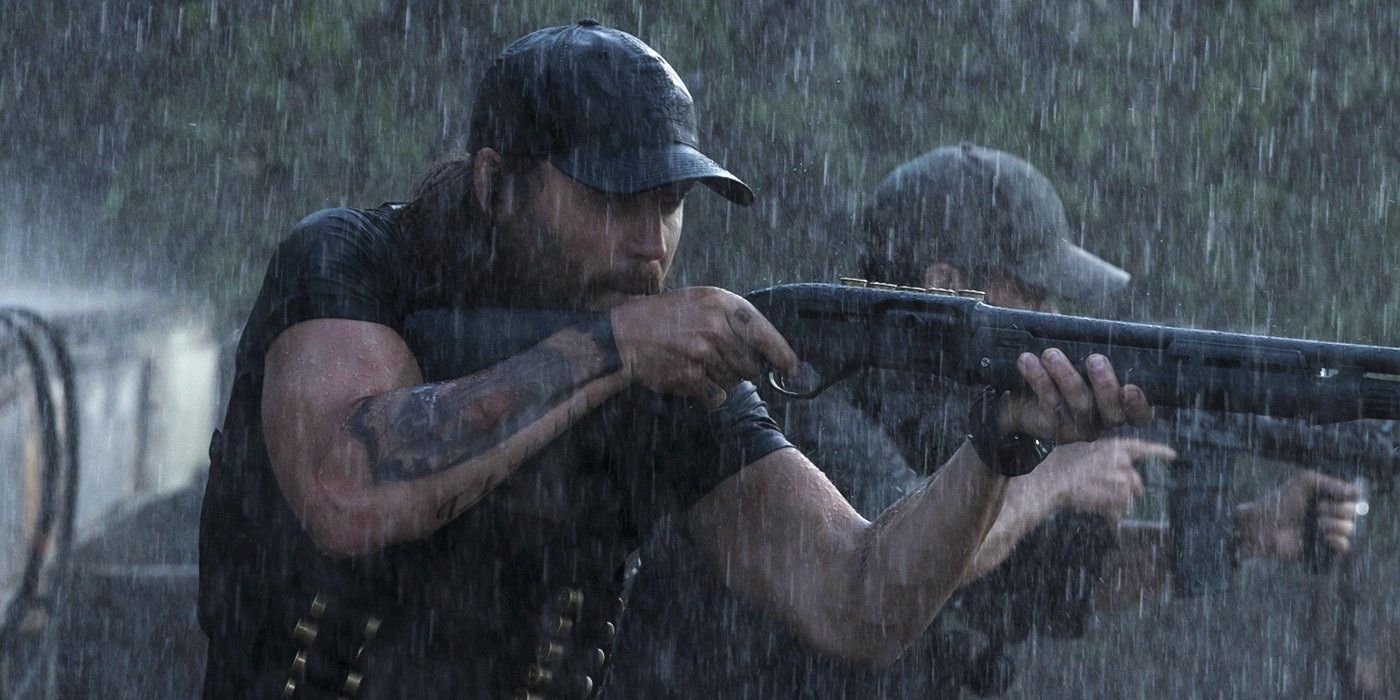


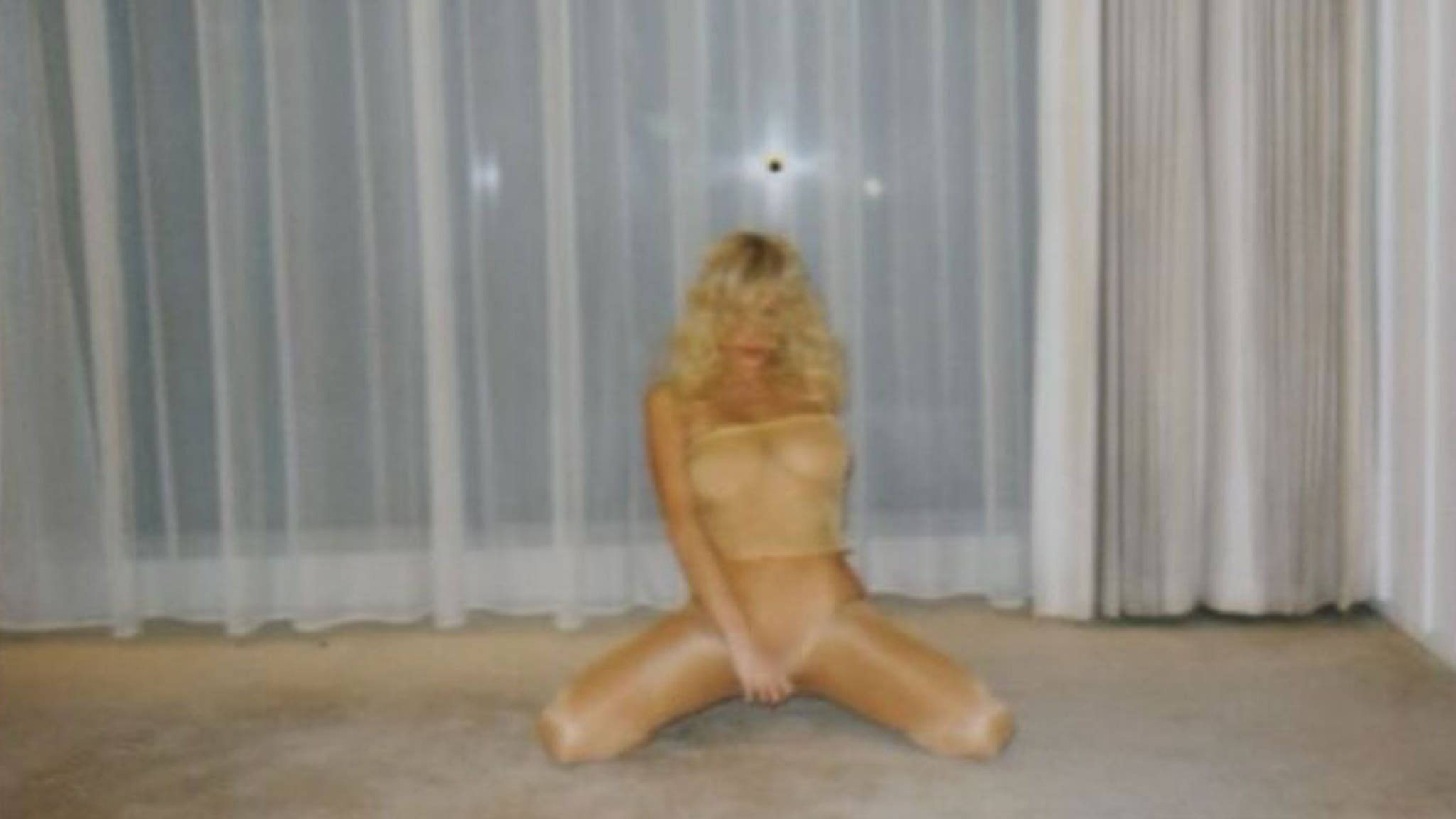
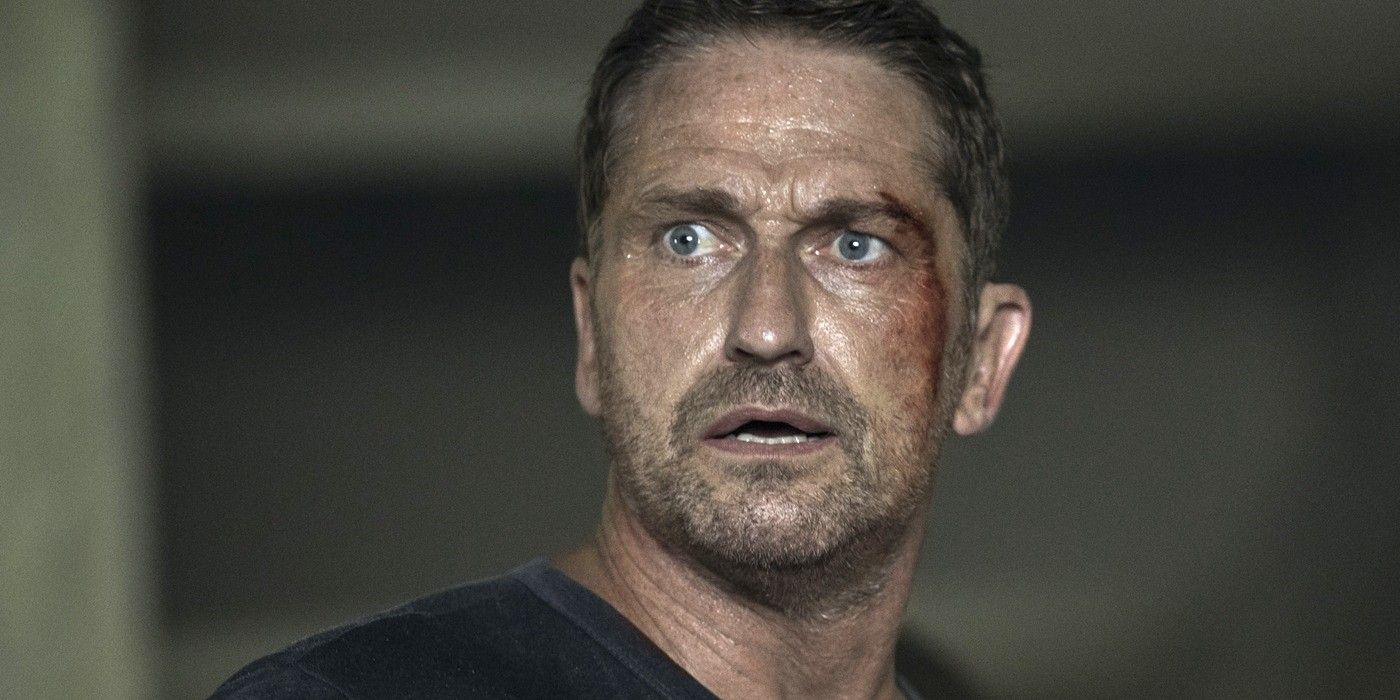
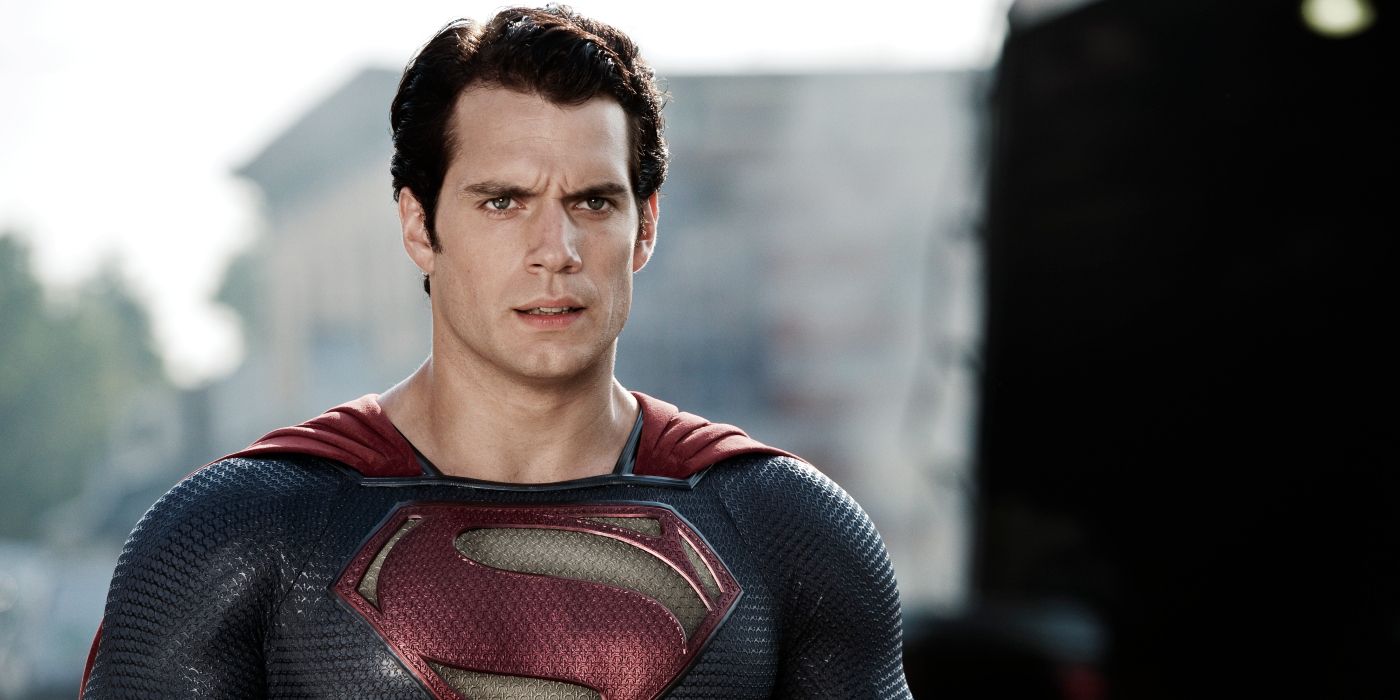


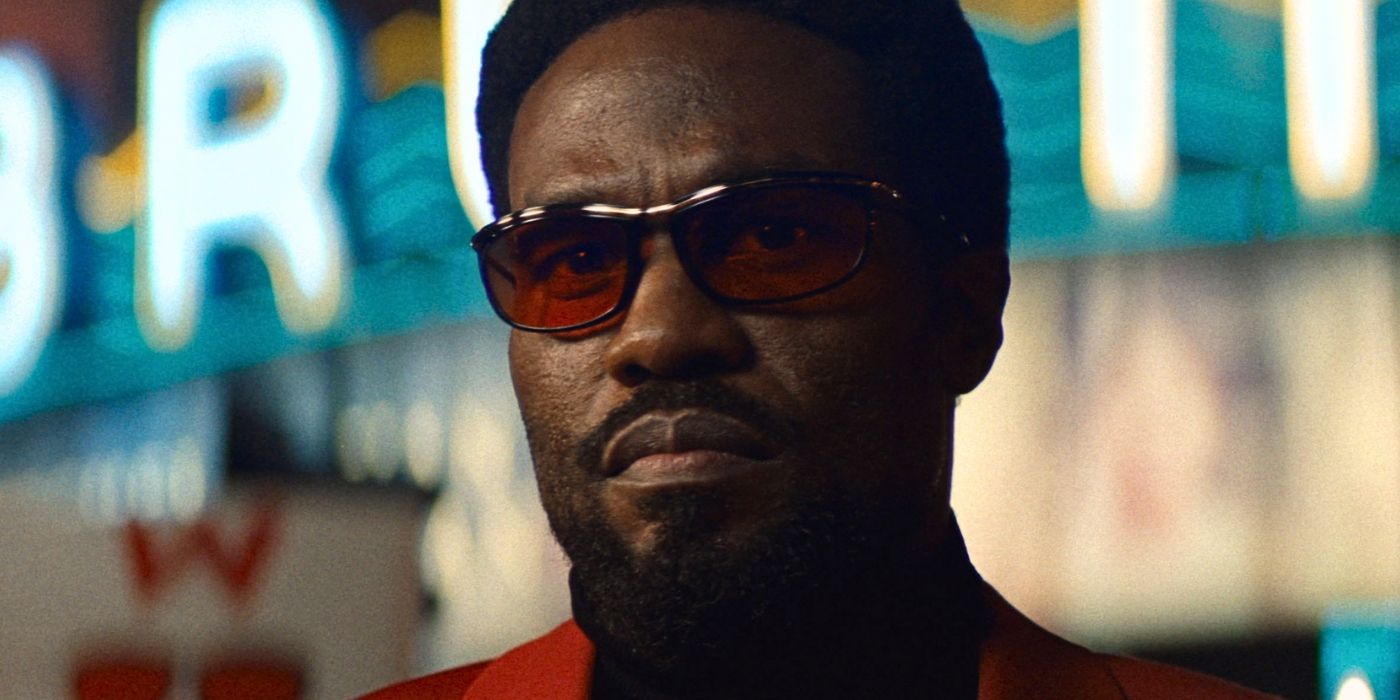
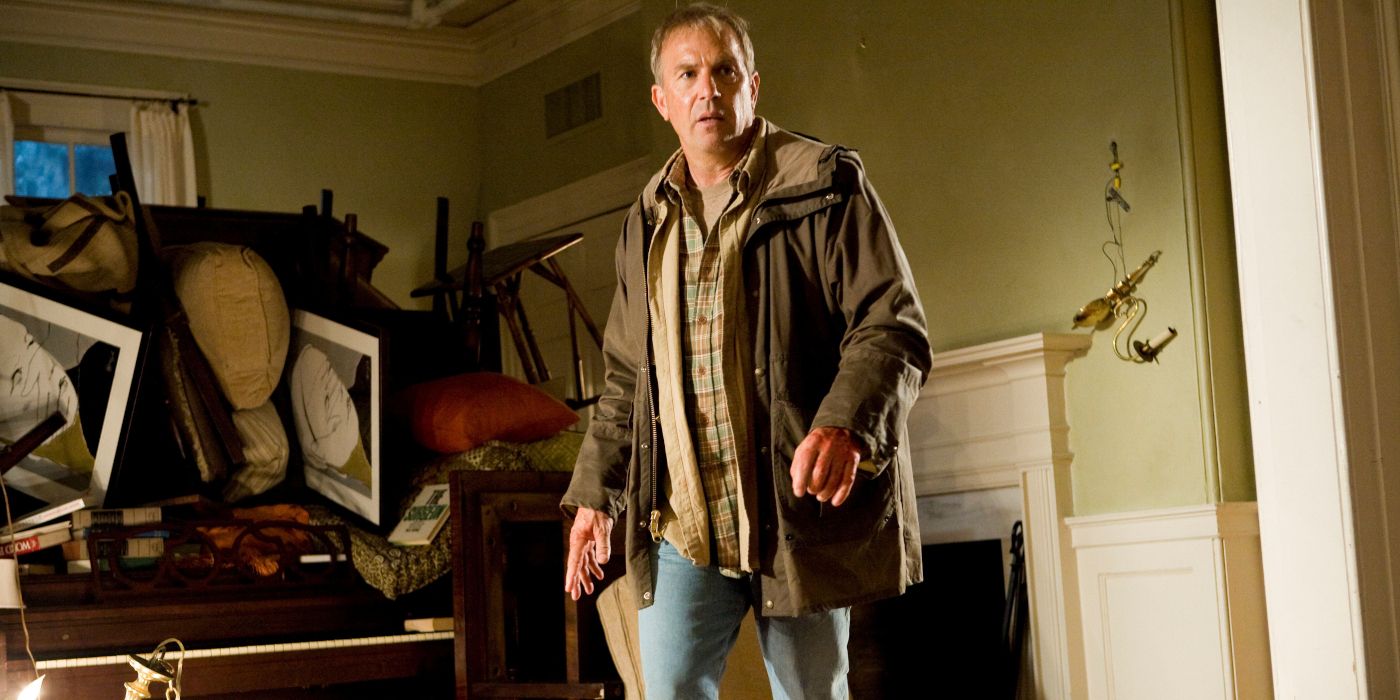

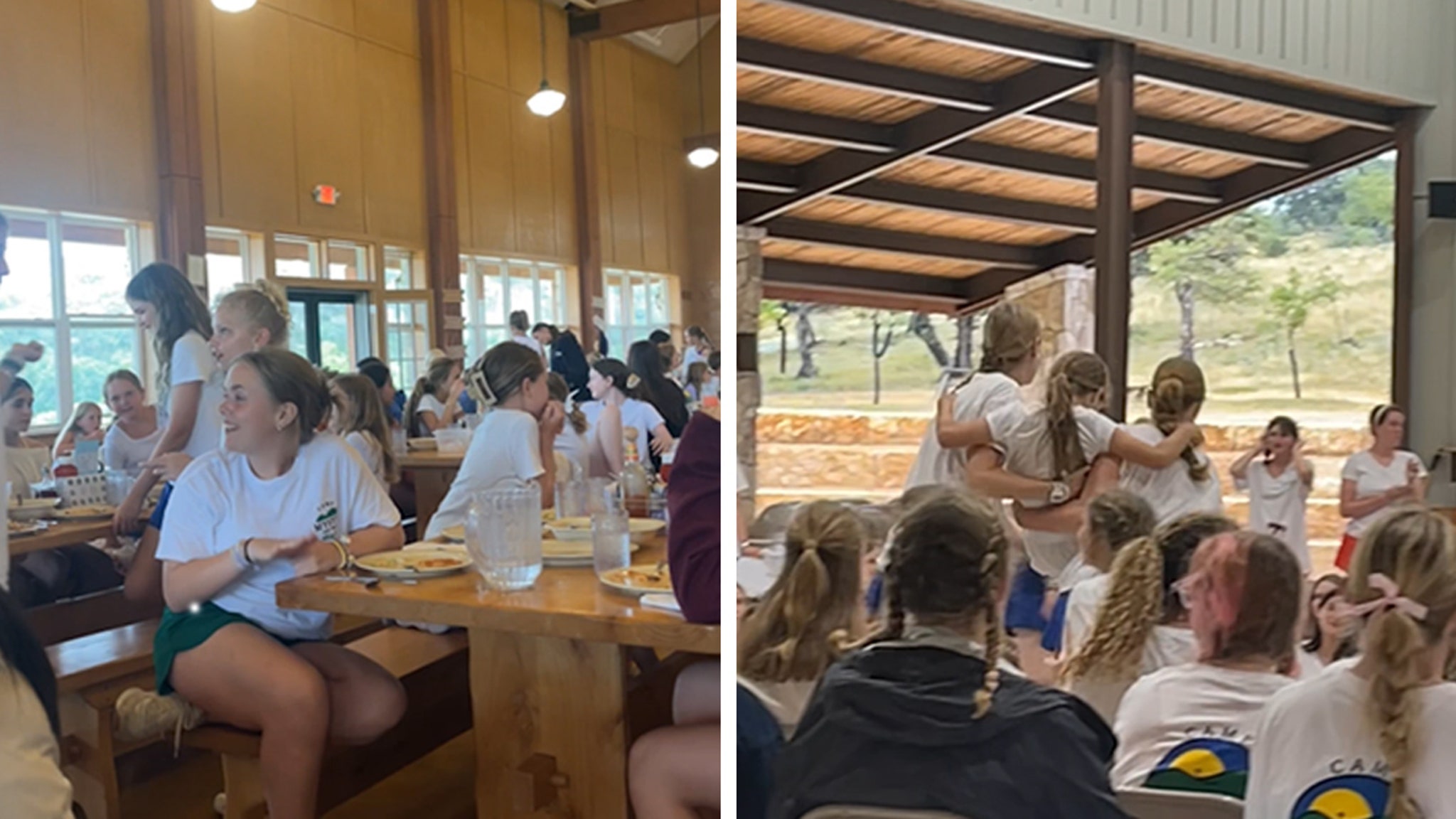

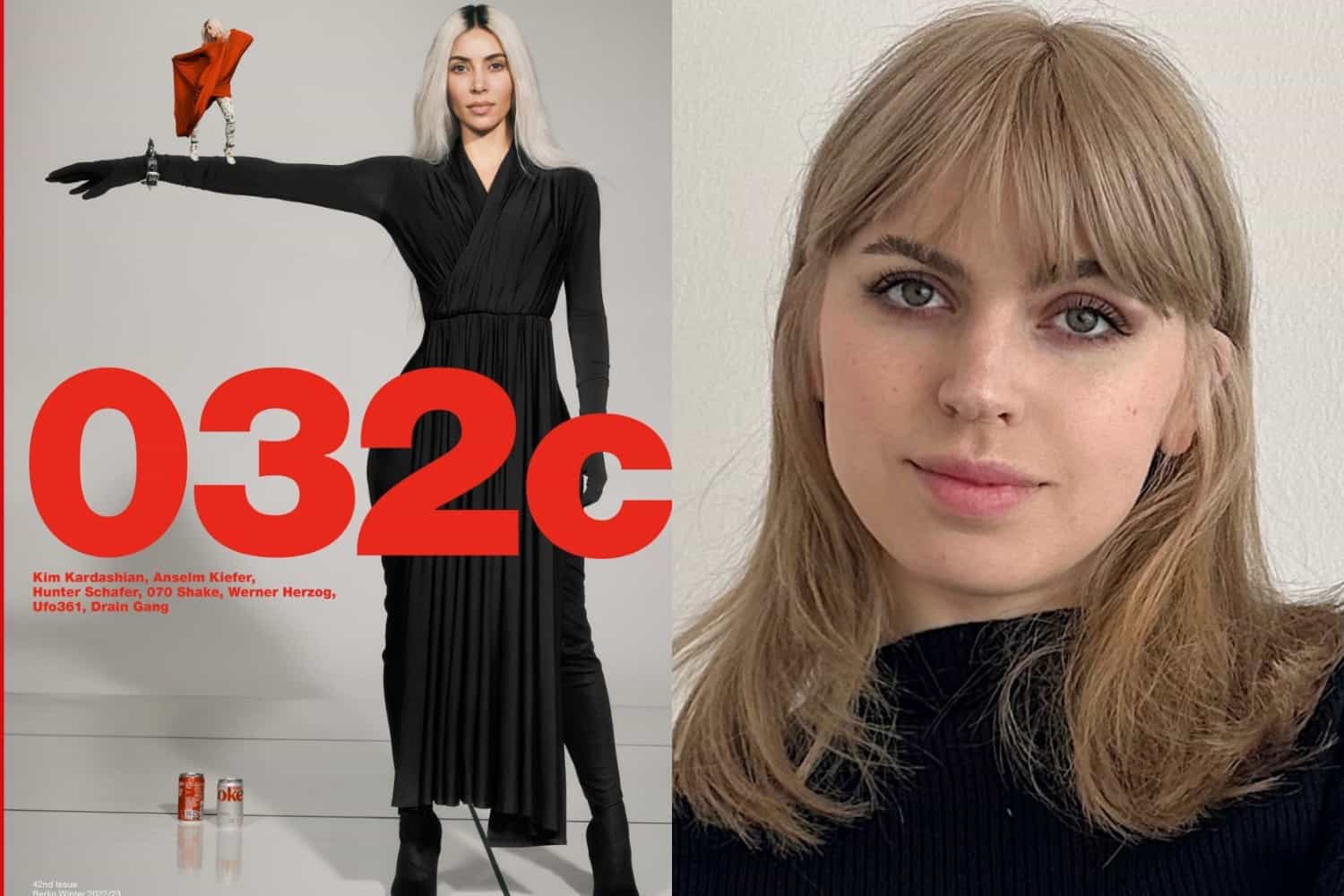
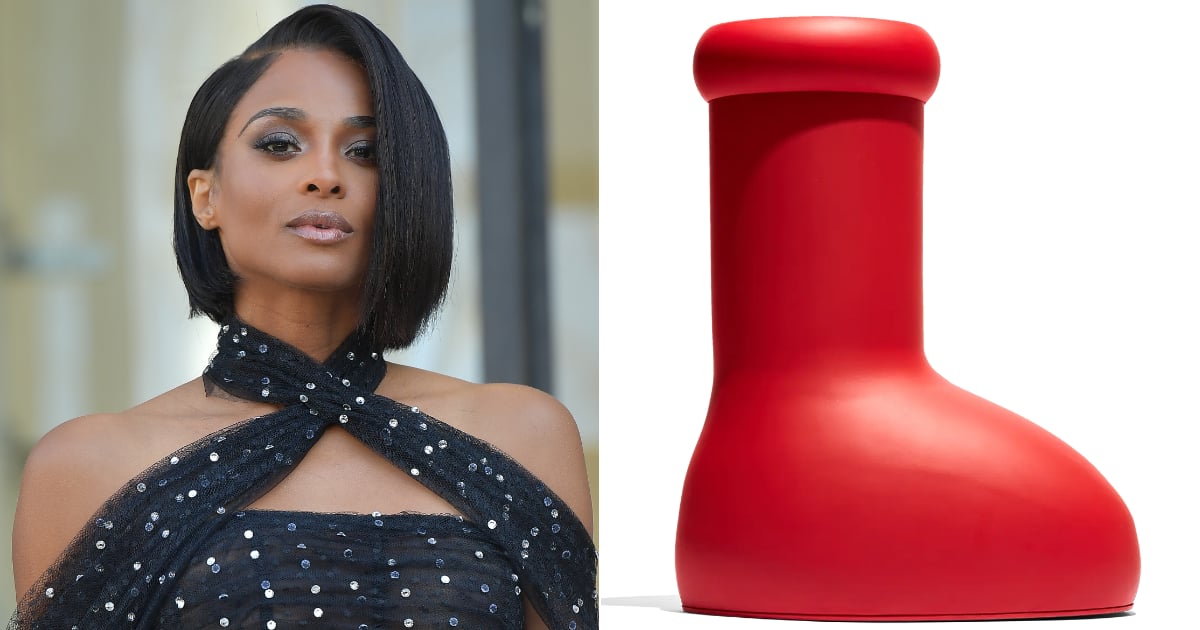
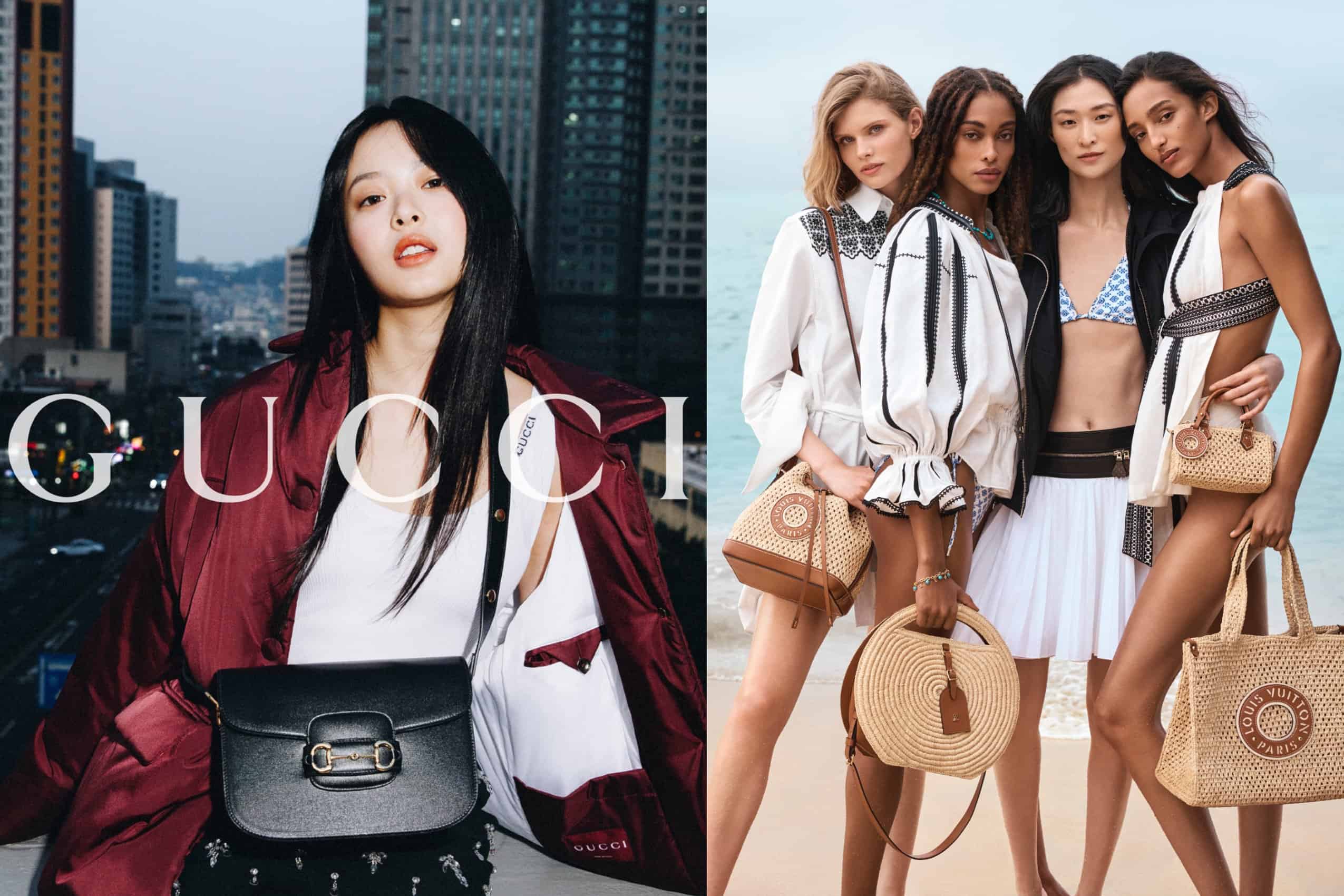


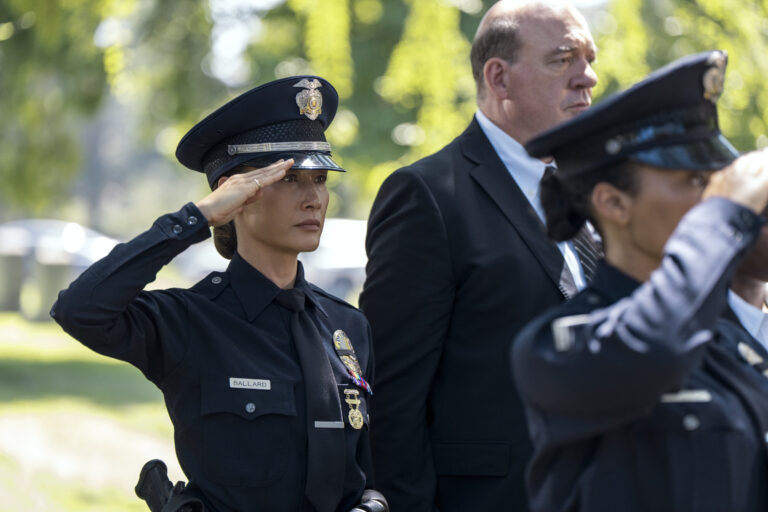

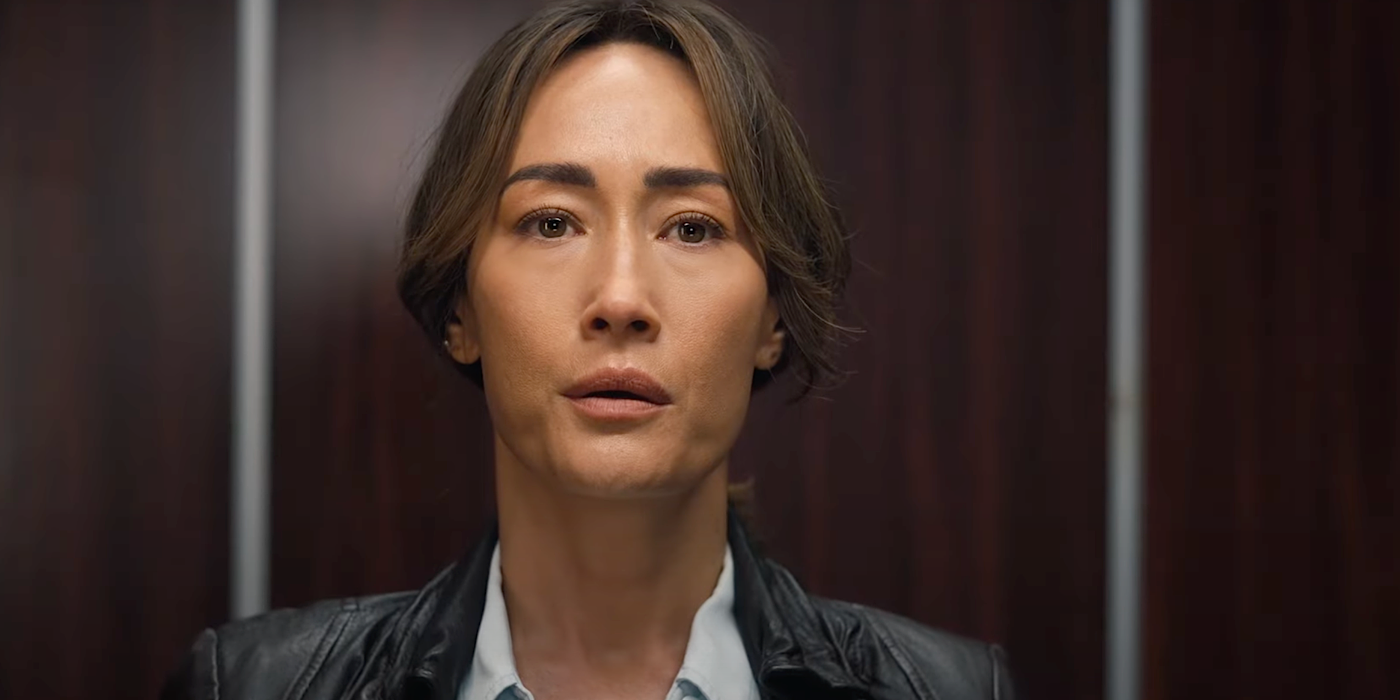
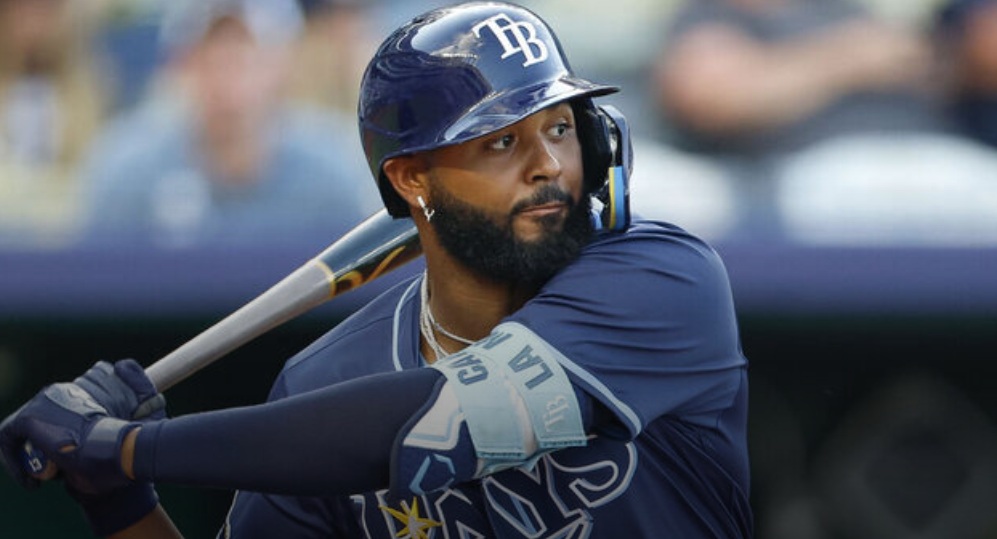

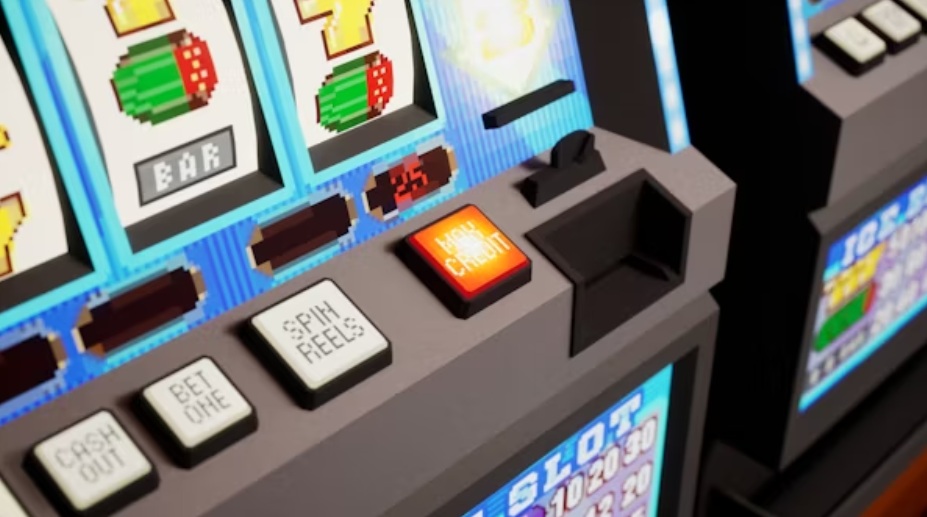
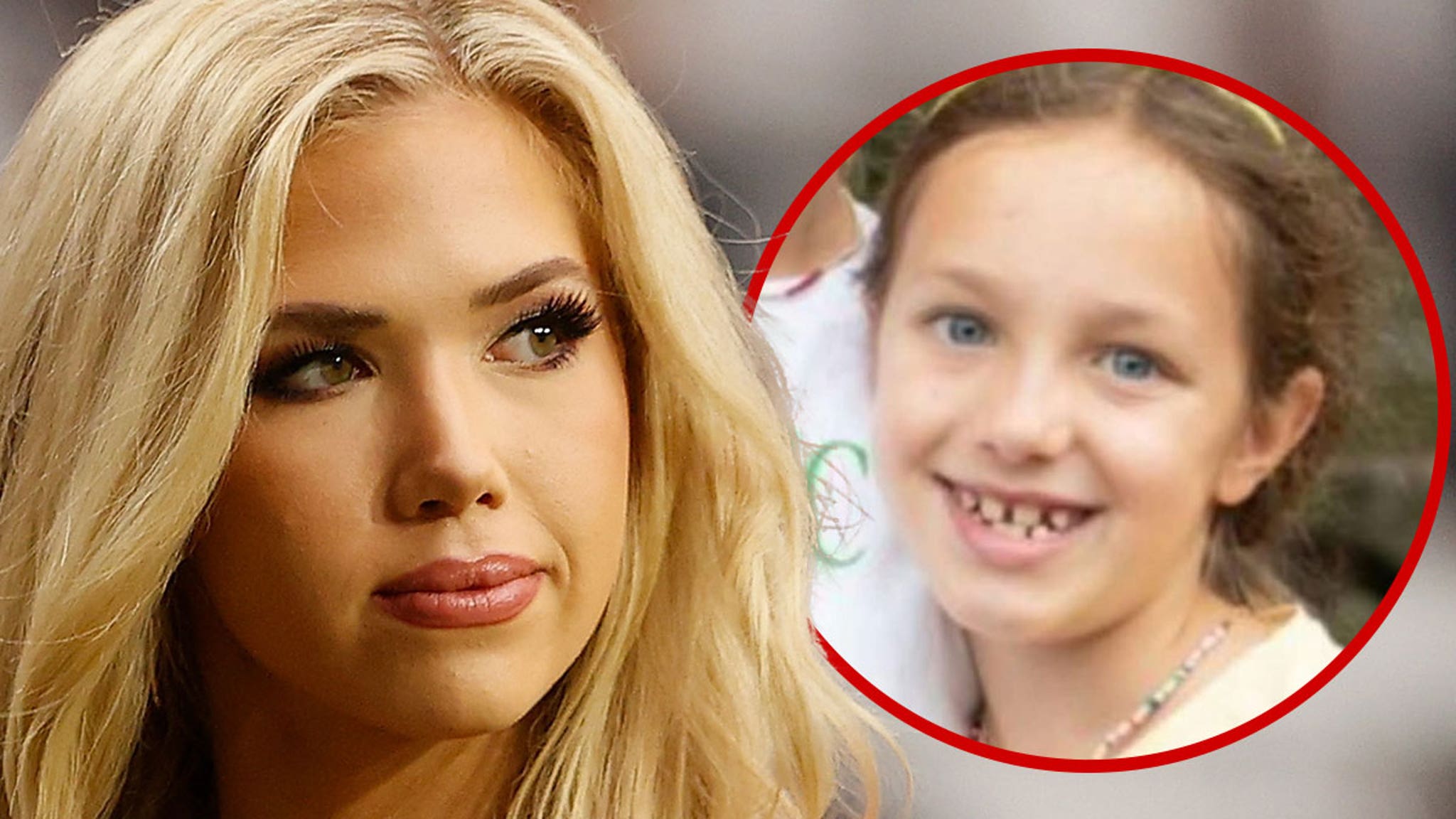
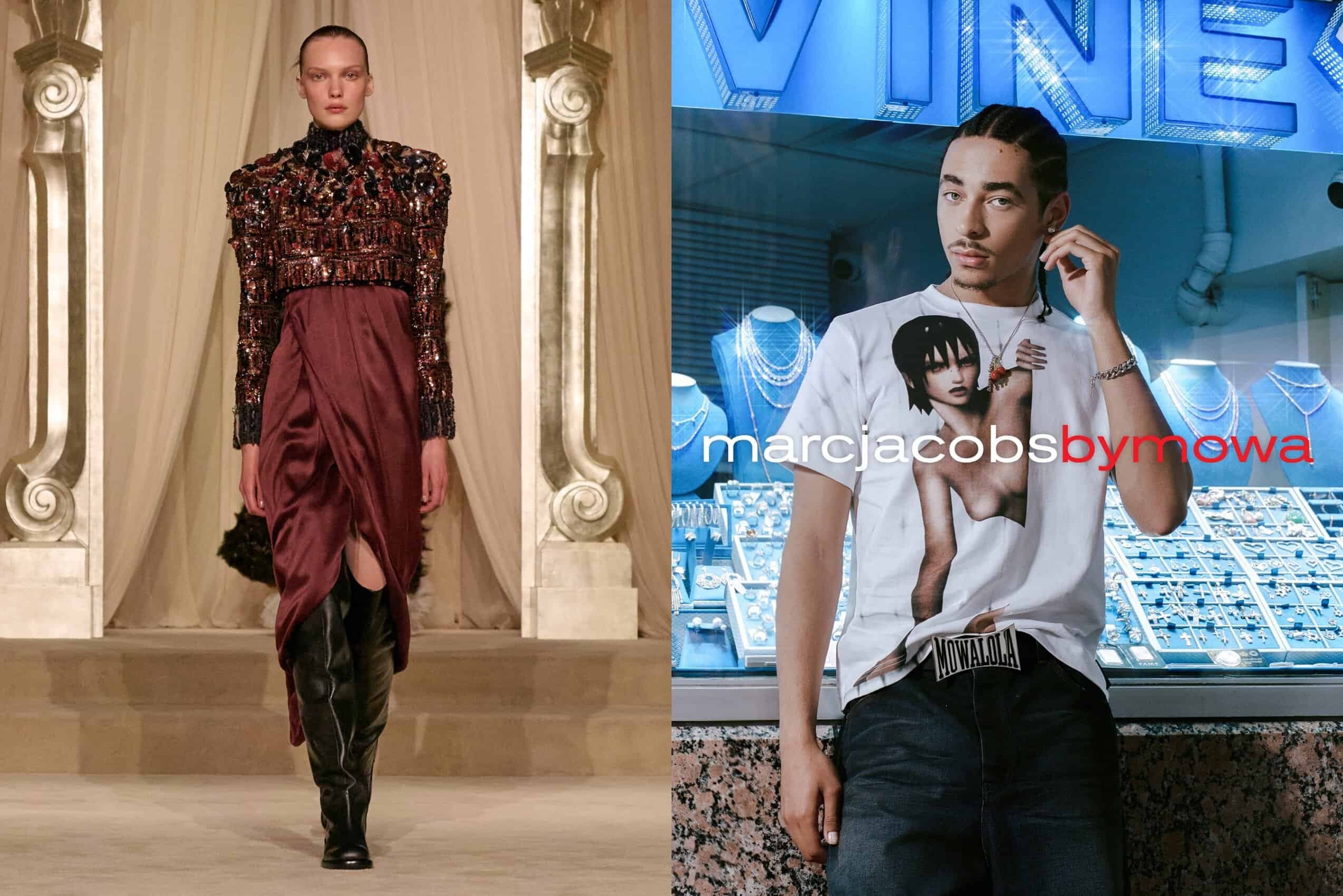
:quality(85):upscale()/2025/07/08/865/n/1922564/17d4c635686d75a018df48.33185566_.jpg)
:quality(85):upscale()/2025/07/07/738/n/1922564/81dbaaa5686bf93c48a013.92694710_.jpg)

